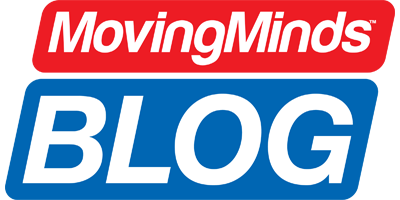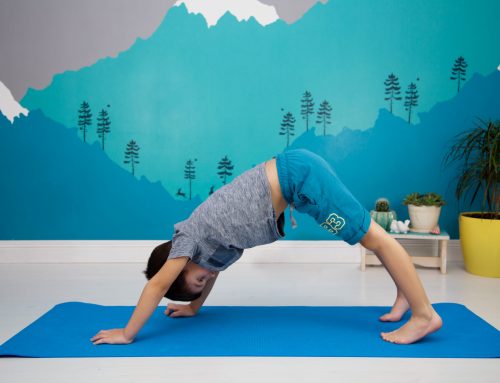 Successful schools are intentional about providing opportunities for classroom movement throughout the school day and supporting the active classroom model. One way schools do this is through the use of brain boosts or activity breaks scattered throughout the day. My school has now expanded beyond these and added classroom fidget options and active seating. I’ve seen the success active classrooms provide first hand. Active classroom methods support academic achievement, reduce anxiety and fidgeting while increasing the physical activity levels in students. Our latest success has been the addition of a Desk Cycle and FitDesk Under Desk Elliptical in our health classroom.
Successful schools are intentional about providing opportunities for classroom movement throughout the school day and supporting the active classroom model. One way schools do this is through the use of brain boosts or activity breaks scattered throughout the day. My school has now expanded beyond these and added classroom fidget options and active seating. I’ve seen the success active classrooms provide first hand. Active classroom methods support academic achievement, reduce anxiety and fidgeting while increasing the physical activity levels in students. Our latest success has been the addition of a Desk Cycle and FitDesk Under Desk Elliptical in our health classroom.
Adding Classroom Movement with Cycles and Ellipticals
So, what happened when the Desk Cycle and Desk Elliptical showed up at my middle school? Everyone else wanted one for their classrooms! Several colleagues told me they wished they had one for themselves, and every student I interacted with said they wished each classroom had one for them. Another colleague has also added the use of spooner/wobble boards this year and is loving them as fidget busters. What started with simple brain boosters and activity breaks has now blossomed into a mindful community that understands our students’ needs to move, fidget, and take breaks in order to focus and learn better.
How did the health classroom make this successful with only two machines?
It was my colleague’s simple philosophy. He taught the students about how their brains and bodies can work together to optimize learning. Then he provided them with options to meet their needs when they recognized their need for a movement break. Students were able to go use a machine in the back of the classroom at a specific table or at a back chair. Other times, the teacher allowed students to move the machine to their current desk.
I share this space during homeroom, and my experience is just as positive. Some students arrive early to homeroom to be able to move a machine to their desk first. It’s a pretty simple system that works for this age group as students are their own guide. Students recognize their need and then choose something that meets it (desk cycle, desk elliptical, standing up and taking a walking break, stretching in the back, etc.).
Benefits to students
Students are taught how to share, how to ask for a turn, and how to take care of and return the machine to its home location. Since they are empowered to choose to take care of themselves and because they have options in the classroom to do so, I feel they are more in tune with their needs and do a great job of moving when they need to. Personally, I even enjoyed using the desk cycle during parent-teacher conferences and now want one for my teacher desk!
It is great to see how starting with just two machines can be successfully integrated into a classroom immediately. Students enjoy using them. Teachers enjoy having them. They are very durable and quiet. Now we can chip away at adding more from Moving Minds to further support our Active Schools model.
Jessica Shawley is a middle school physical education teacher. She is a SHAPE America National Middle School Physical Education Teacher of the Year and is National Board (NBPTS) certified as a Physical Education Specialist. Jessica received her Master’s Degree in Curriculum and Instruction from the University of Idaho and undergraduate degree in K-12 Health & Fitness, Math & Leadership Studies from Whitworth University.





Leave A Comment